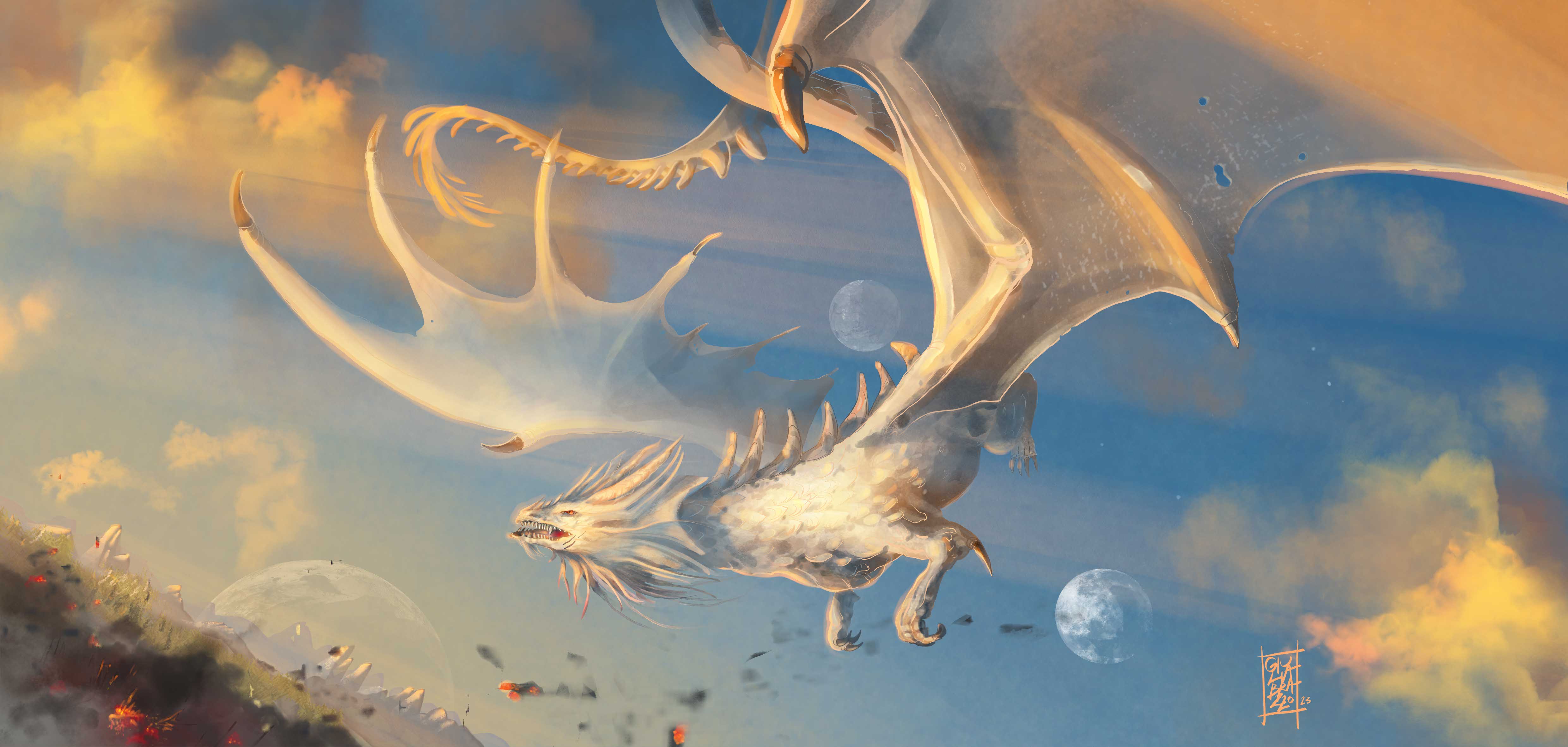
Discover a world of magic and mystery with “Flagstone: Getae Legacy,” the next-gen RPG that transports you to a time of ancient myths and legends. Unleash your creativity and craft your own unique gameplay experience with the game’s innovative classless and levelless system.
Unlike other RPGs, the game world is ever-changing, with machine-learning algorithms generating infinite stories, items, quests, and creatures. The world doesn’t wait for you, and if you don’t take action, NPCs will step in and shape the game’s outcome.
Indulge in your passion for history, mythology, and mystery with Gacriva Studio’s labor of love. The game’s talk-to-NPCs feature allows you to shape relationships and change the outcome of quests, using your own voice to converse with in-game characters.
Join us on this unforgettable journey, where the possibilities are endless and your skills can be crafted to your liking. Are you ready to leave your mark on the world of “Flagstone: Getae Legacy?”
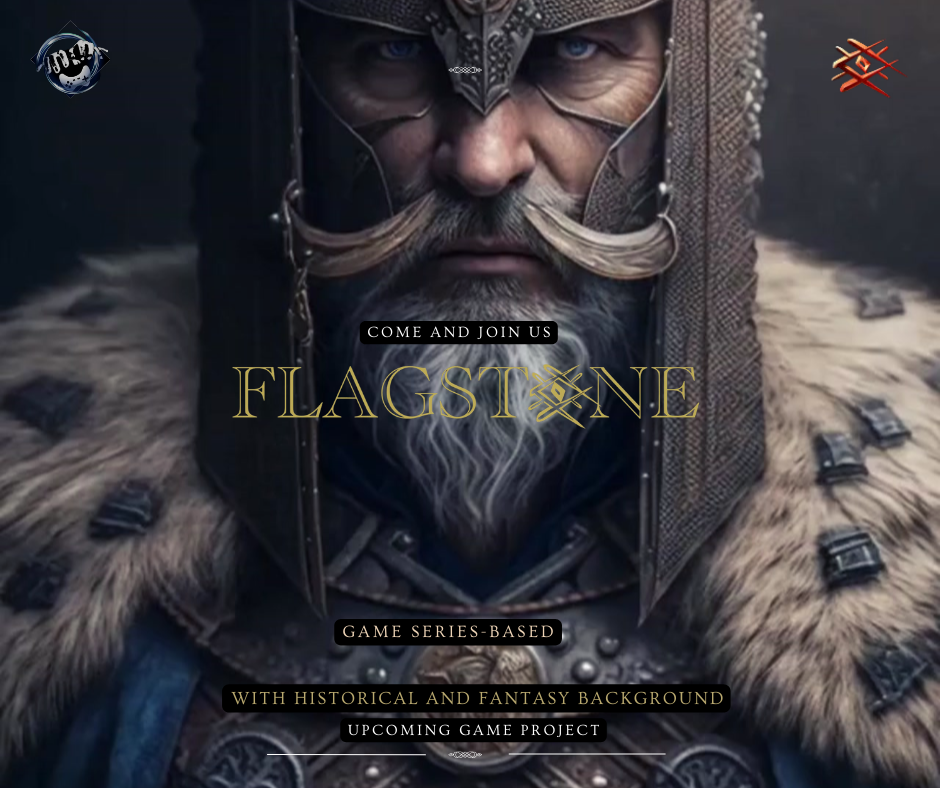
Discord community:
More about the Ttrpg: “Dreams of God”
mq wrote:The website has the rules publicly available, even during our active development, so that our community can give us direct feedback all the way through the process. The core rules and base campaign setting will be freely available to the public, and there are no plans to change that.
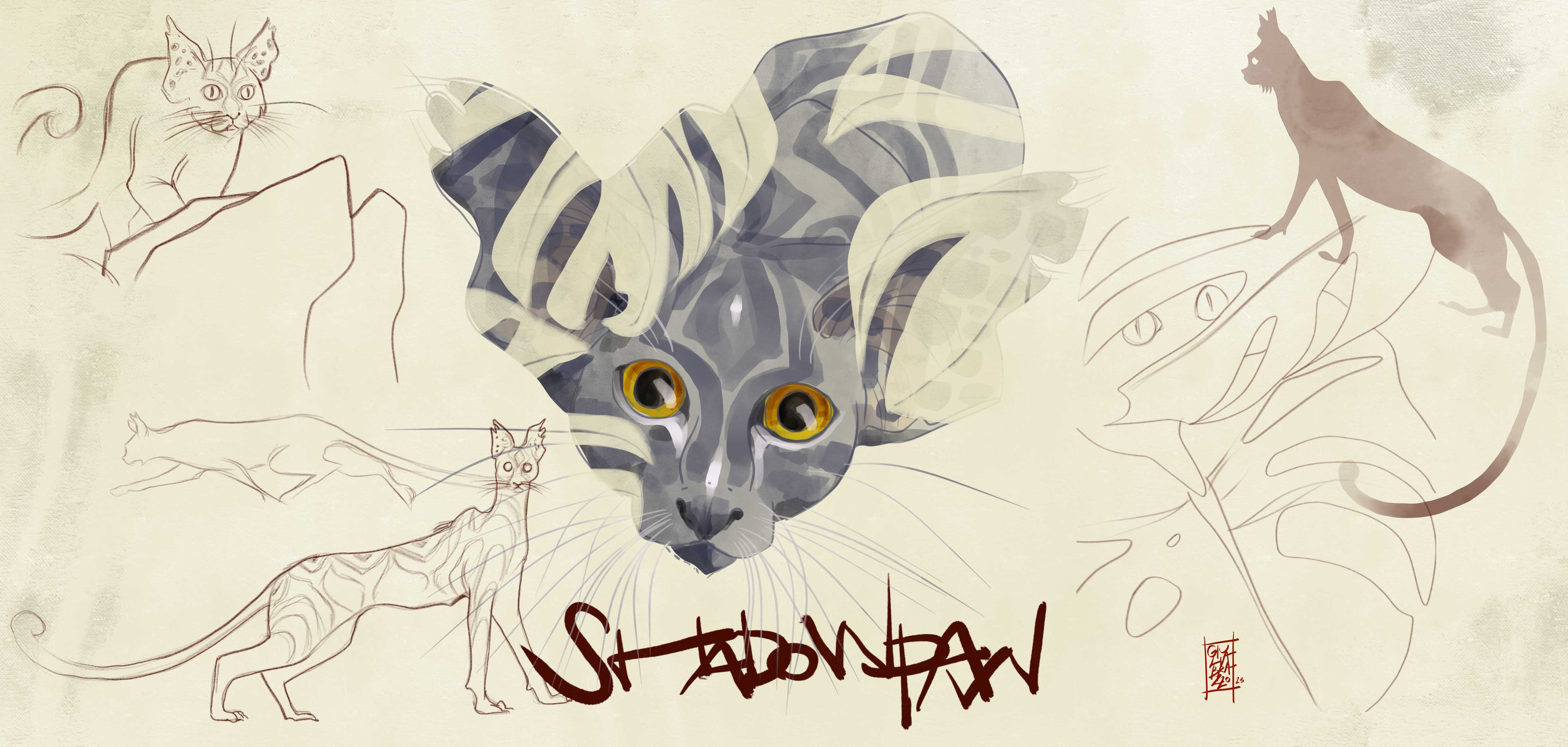
mq wrote:Flagstone, as a game system, follows a different design philosophy than most TTRPGs, and this is seen in part by the removal of levels and pre-built classes from the game's core system. Instead, players are able to design their own loadouts, which is a collection of weapons, armor, and other tools that they can then design their own abilities around. This allows them to create the character they want without sacrificing overall game balance.
Getae MythologyThe Getae were very spiritual and had a lot of interesting mythologies. In conclusion, we’re going to include mythology as well.
We cannot start talking about mythological creatures if we don’t start with the Gods and the Getae beliefs.
The Getae believed that they are direct descendants of the hyperboreans also known as Gods. Socrates refers not to Apollo the God but to “Apollo the hyperborean”, also had a strong tradition of hero worship, and their myths and legends often featured stories of brave warriors and powerful kings.I hope you enjoyed learning more about the history and mythology of the Getae culture. This is just one of many game features that we have planned for “Flagstone: Getae Legacy”. As you can see, we are really excited about this project and can’t wait until it’s released!
Enter an epic RPG adventure like no other! Immerse yourself in a world that blends real history with mythical elements and challenges you to survive and thrive. Choose to be a great fighter, a powerful magician, or an accomplished craftsman. Decide whether to lead armies or live as a hermit.
You can check if this has sparked your interest in the first announcement about the game:
Rpgcodex.net
History and mythology of Getae cultureThe Getae were known as skilled goldsmiths and metalworkers, which was demonstrated by their rich collection of golden objects found in graves throughout different regions of Romania.
According to the new archeology, the Getae, an early indo-european culture, influenced the cultures that serve as a foundation for western civilization. From the ancient Cucuteni around 7000 B.C. to Vlad Tepe’s era, they made wave after wave of influences, from western Europe to India and China and from Scandinavia all the way down to Kenia was the territory of the Getae. They never conquered anyone because their beliefs were easy to assimilate by others and it was unnecessary to impose their beliefs on others.
The Getae believed that each person is a God that decided to live a mortal life and the life they chose was a transition in which you could return to Godhood or re-live another life because of this belief they started to become fearless warriors. Later in history when the Dacian Nation formed they will continue these traditions by celebrating death that will echo to the middle ages in Viking culture as a chance to ascent, on birth they cried because the Gods rejected that soul to ascent and the child was a treasure that needed to be taught so on the child next death to ascent.
The people that were later known as Dacians taught the Sumerians how to build and write, and because of that the Sumerians chiseled them into statues like Gods with a clear distinction that can be seen today by the snake bracelet on their arm.
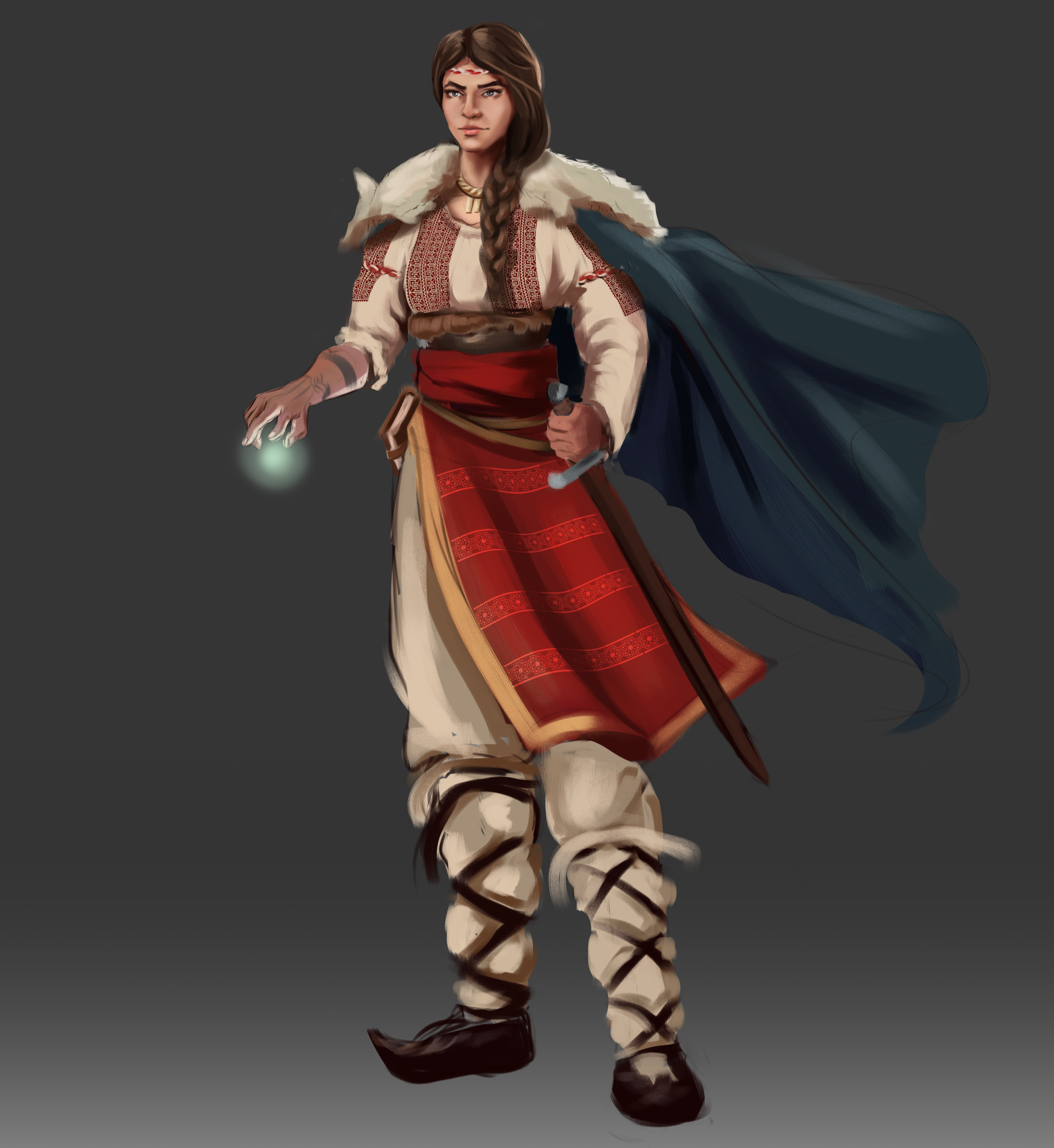
mq wrote:The Chinese and Mongolians knew them as Daxius and the Indians as Devic. As mentioned, it all started according to archeological finds from 7000 B.C. credited to the Cucuteni culture that originated in today’s Transylvania and influenced Greek, Roman, Sumerian, Indian, and Chinese culture, as evidenced by their adoption of many Cucuteni symbols and mythology, including what later would become known as the Vedic texts.
The Thracians occupied what is today the territory of modern Turkey and much more to the east. They went by boat with the help of Dacians to the land of Cows (Italy) which later became the foundation for the Roman empire. When Traian conquered a section of Dacia he said: “Mother I have returned home”. Normally here the story of Dacia ends according to mainstream history but there is proof that they triumphed.
When Uther Van Dracon had problems conquering Britania he hired 1000 Dacians and he conquered the entire British island, Arthur his son celebrated this victory even after his father’s death by waving the Dacian Stindar on the day that they conquered the entire island. Their genes are still found in today’s Wales people.
The Celtic people that became very famous from Irish folklore were Getae that decided to worship nature by anthropomorphizing Gods with animals and trees. The Goths were Getae ruled by a king that killed his brother that has the same name as the Nation, Getae.In order to keep people from retaliating he ordered to anyone who pronounced the word “Getae” would be punished by death, so the people started to refer to each other as Goths(Goti) instead of “Getae” (Geti), which became the very well known germanic people, originally they were worshippers and the part of the bear tribe known as Berserker (the bear skin wearers).
In the middle east, craftsmen discovered iron, making a number of interesting artifacts such as batteries, later becoming the Scythians, Sirians, and Iranians.
The tradition and knowledge of Getae mythology were largely erased over the last 600 years, due to the actions of Sigismund Batori de Luxemburg, who established the Order of the Dragon in 1406 to eliminate the Dracon. The Pope at that time, known as the Pope with Three Crowns, also played a role in this destruction.

mq wrote:To be able to gain more influence this Pope changed the Christian religion and transformed the Gods into saints, like Saint George who slew a dragon with a Thracian spear exactly like the God Of War, Pleistoros, without changing any part of the story, simply replacing the name and to convince people that this is true. Vlad Tepes was the last Dracon keeper that decided, for the sake of his people, to wear the order of the Dragon on his chest.
The story didn’t really end there for the Dacians because in the 19th century, a Romanian leader went to Rome in his traditional clothes and he didn’t find a place to sleep so he decided to sleep at the bottom of a column and in the morning he was woken up by the nobles and many other people that gathered around him and said: “a Dacian climbed down from the collum” meaning that his clothes were identical with the Dacian on the collum.
In 1992 a team of explorers went to see the remote parts of Romania after communism fell to see the influences of that. They want to make a picture with two locals that stopped them and said they want to pose, without hesitation they took the pictures and they went back home, coincidentally they realized that the two people from a remote hard to accessible area two Romanians posed exactly like the Dacians on the Traian column.
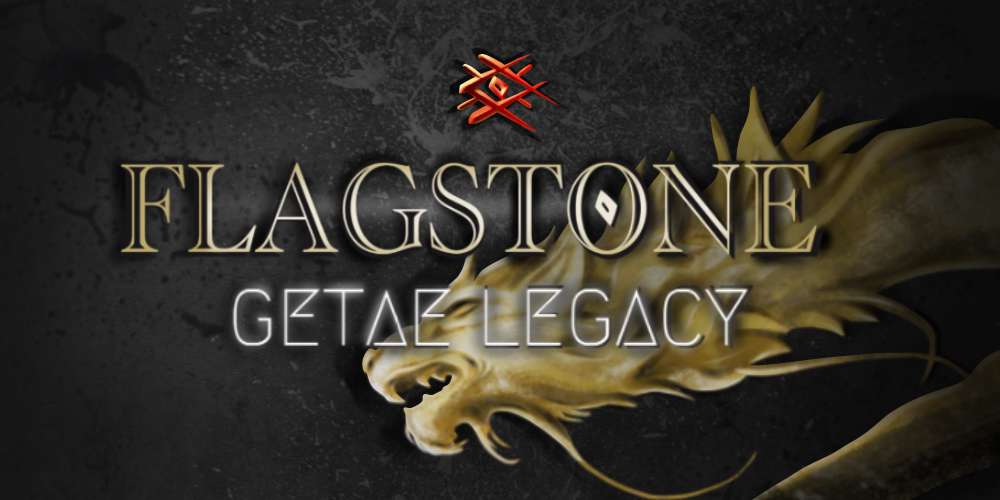
mq wrote:I feel that it is my duty to keep this information alive until it becomes common sense and all this can be checked with physical tangible proof: texts, underground cities discovered in the past 20 years from India to Spain and from Norway to Kenia. Because of the large time span, we’re going to focus on pre-roman histories with a mythology twist.
Interview







